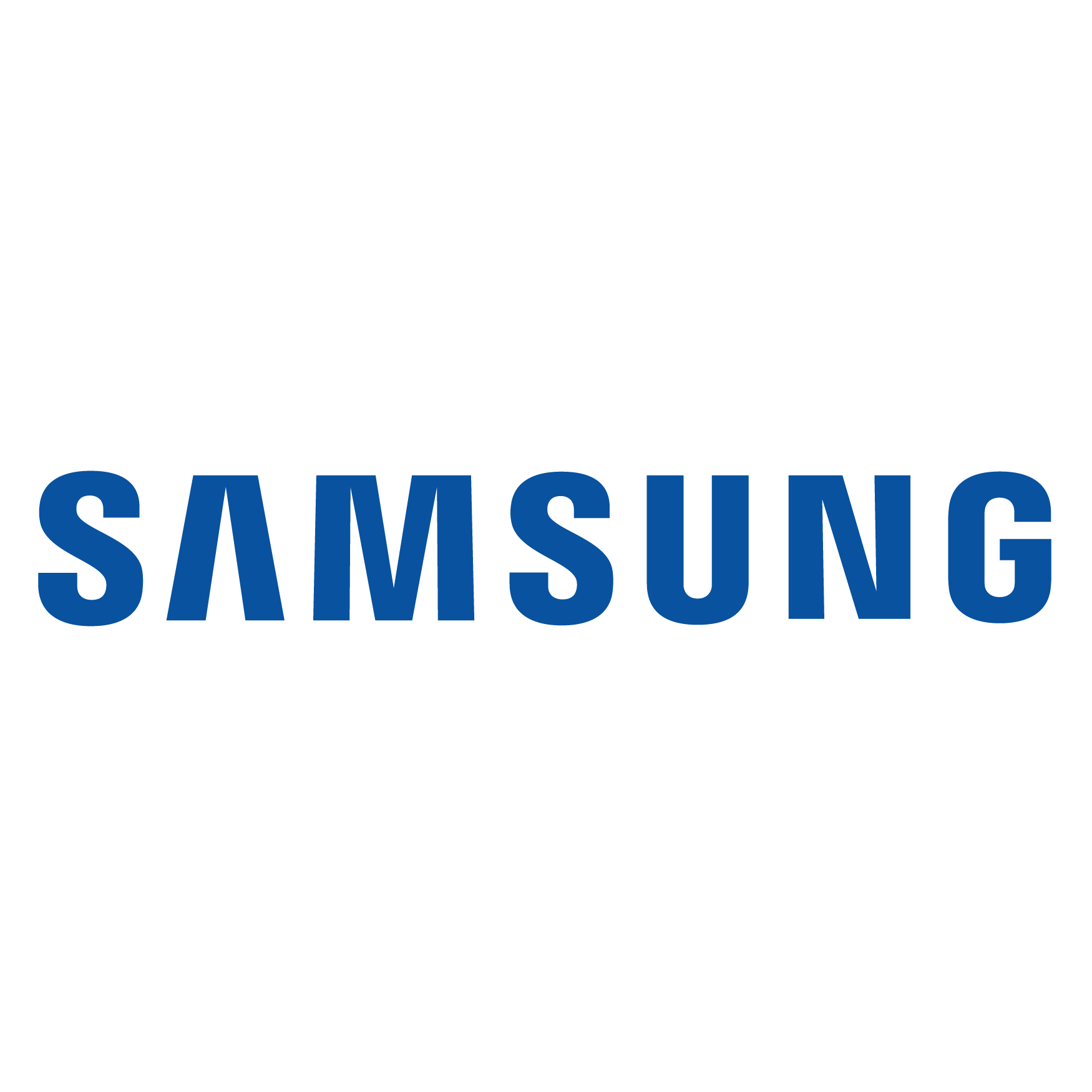So previously, when you went to get battery information, the screen on time would represent the actual screen on time of your device since your last full charge.
Now, with OneUI 16, in their infinite wisdom, Samsung have decided that the screen on time is calculated based on the usage PER DAY.
This means that this morning, when I unplugged my phone at 100% I already had 1 and a half hours of screen on time from the previous night.
I see no way to change this back to the way it used to be. Great choice Samsung, great choice


Do people actually regularly check their SoT? Why?
I look every once in a while for like the first week I have a phone, to see what I can expect out of it, and then never ever look again.
I get that this change would be less useful, but like, why was the old way useful for anything?
I don’t check it that often, but I do from time to time just to get an idea of my battery health. I know that 1 hour of SOT for me, usually equals about 10% battery lost.
This can also help in identifying malfunctions / apps that eat up too much battery all of a sudden.
I know most people don’t care about this, but these are legitimate use cases and the data that the battery stats gave you had a meaning.
Now I’m told how many hours I’ve used by phone in a day. Like, what purpose does that serve? Digital Wellbeing does the exact same thing now
I’m gonna die on this hill, this is one of the stupidest decisions that they could’ve made
Yes. And becuase it is important to understand battery habits. Does this mean I’m obsessing over every percentage lost? No, but I would like to be properly informed on ,y battery consumption
My thoughts too